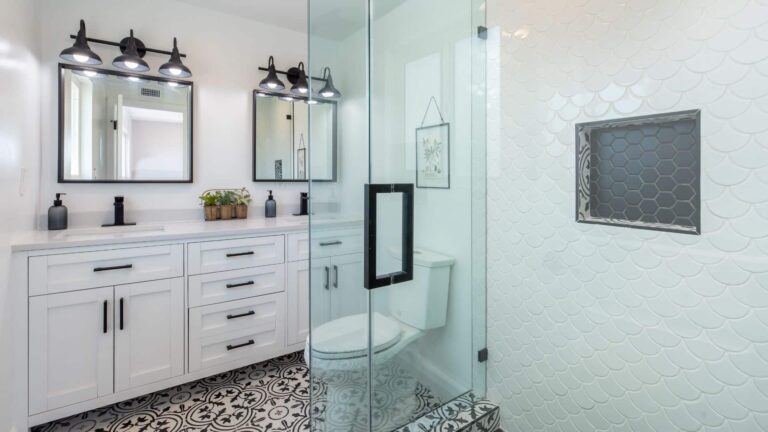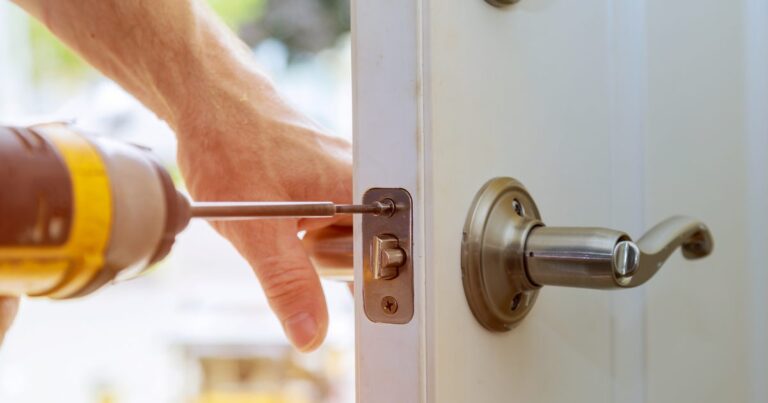Fence Installation Made Easy: A Guide to Building the Perfect Fence
Installing a fence around your property can serve many purposes. From adding privacy and security to boosting curb appeal, a well-installed fence can enhance your outdoor space in more ways than one. But how do you ensure the process goes smoothly while avoiding costly mistakes?
This comprehensive guide will walk you through the essentials of fence installation, covering everything you need to know—from initial planning to the final touches. By the end of this post, you’ll feel confident about building the ideal fence that suits your property and needs.
Why Fence Installation Matters
Fences are more than just functional barriers. They are an investment that can:
- Enhance Privacy: Create a personal retreat by blocking the view from neighbors or passersby.
- Improve Security: Keep your family, pets, and property safe by deterring trespassers.
- Define Boundaries: Clearly outline property lines to prevent disputes with neighbors.
- Add Aesthetic Value: A stylish fence can elevate the look of your yard and increase property value.
With so much on the line, proper fence installation is crucial to getting both functional and visual benefits.
Step 1: Plan Before You Build
Understand Your Needs
The first step is identifying the purpose of your fence. Do you need more privacy? Do you want something purely decorative? Or are you looking to protect your pets? Knowing your goals will help guide your material and design choices.
Check Local Regulations
Fence installation isn’t just about hammering in some nails. It involves adhering to local zoning laws and homeowners’ association (HOA) rules. Check the following before you start construction:
- Maximum fence height restrictions
- Required setbacks from property lines
- Building permits or HOA approvals
Failing to follow these guidelines can result in fines or even having to tear down your fence.
Determine Your Budget
Fences can vary widely in price depending on materials, size, and labor. While a simple chain-link fence may be affordable, premium options like wrought iron or cedar wood can be more expensive. Budget for materials, tools, permits, and installation costs.
Measure the Area
Before purchasing materials, measure your property’s perimeter accurately. Include gate locations in your measurements. Many fencing materials are sold by linear foot, so having exact numbers will prevent overspending.
Step 2: Choose the Right Fence Material
The material you select will impact the durability, appearance, and maintenance needs of your fence. Here’s a quick rundown of popular options:
1. Wood
- Pros: Classic appearance, customizable height, stainable/paintable
- Cons: Requires regular maintenance to prevent rotting and warping
- Best For: Privacy or decorative fences
2. Vinyl
- Pros: Low maintenance, long-lasting, resistant to weathering
- Cons: Higher upfront cost, limited color choices
- Best For: Property owners seeking modern and durable fencing
3. Chain-Link
- Pros: Affordable, durable, requires minimal upkeep
- Cons: Limited privacy, less appealing for residential properties
- Best For: Security on a budget
4. Aluminum or Steel
- Pros: Sleek design, rust-resistant (with the right coating), sturdy
- Cons: Can be expensive, less effective for privacy
- Best For: Homes with a contemporary aesthetic
5. Composite
- Pros: Mixes wood and plastic material for durability, looks like wood without high maintenance
- Cons: Higher upfront cost
- Best For: Elegant fencing with less upkeep than traditional wood
Step 3: Gather Your Tools and Materials
You’re ready to start the actual installation process, but first, assemble the right tools and gather your materials. Here’s what you’ll likely need:
- Fence posts and panels
- Screws/nails
- Post hole digger or auger
- Level
- Measuring tape
- Concrete mix
- Hammer or nail gun
- Saw (if making cuts)
Having everything prepared will make the process smoother and minimize delays.
Step 4: Prepare Your Property
Clear the Area
Remove any debris, plants, or obstacles that could interfere with the installation process. Level the ground if necessary to ensure your fence has a stable foundation.
Mark the Layout
Use stakes and string to outline your fence’s planned path. Double-check your measurements to ensure the layout is accurate and aligns with property lines.
Dig Post Holes
Using a post hole digger or auger, dig deep enough to support the height of your fence. A good rule of thumb is to have one-third of the post buried underground for stability.
Step 5: Install the Fence
Set the Posts
Place the fence posts into the holes and fill them with concrete for added stability. Use a level to ensure each post is perfectly vertical before the concrete sets. Allow the concrete to dry for at least 24 hours.
Attach Fence Panels or Wires
Once the posts are secure, attach the fence panels, boards, or chain-link mesh using screws, nails, or brackets. Start at one end and work your way to the other, constantly checking alignment and height consistency.
Add Gates
If your design includes gates, install them last. Make sure they swing freely and align with the rest of the fence for a seamless look.
Step 6: Finishing Touches
Treat or Paint (if needed)
For wood fences, consider applying a waterproof sealer, stain, or paint. This will protect the material from the elements while giving it a polished appearance.
Inspect for Stability
Walk along your fence to ensure it’s secure. Double-check for loose panels, uneven posts, or misaligned gates.
Clean Up
Collect leftover materials, tools, and debris to leave your yard tidy and ready to enjoy.
Common Fence Installation Mistakes to Avoid
- Skipping Permits and Regulations: Always check local rules before building to avoid costly fines.
- Incorrect Measurements: Be as precise as possible to prevent uneven fences or incorrect material orders.
- Weak Foundations: Poorly set posts can compromise the entire fence. Use adequate concrete for stability.
- Ignoring Maintenance Needs: Choose materials that align with your ability to maintain the fence over time.
Your Fence, Your Way
Installing a fence may seem daunting, but with proper planning, the right materials, and attention to detail, you can create a functional and beautiful addition to your property. Whether you’re aiming for privacy, security, or style, the time and effort you invest will pay off in the long run.
Looking for more guidance? Reach out to local fencing professionals or suppliers for additional resources, or consult experts to ensure your project’s success.








